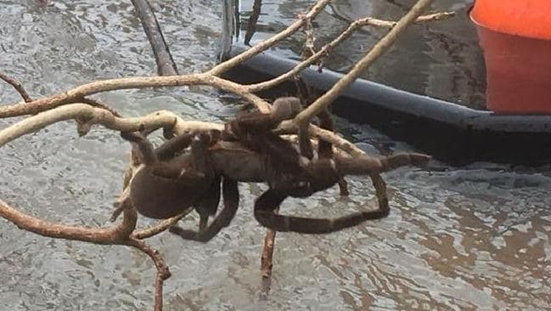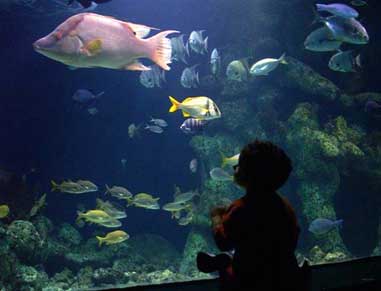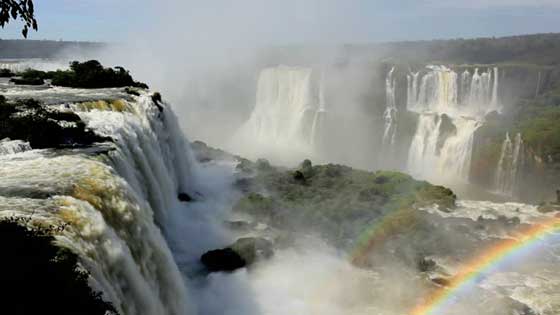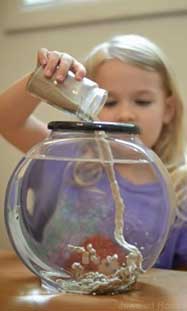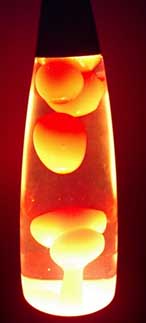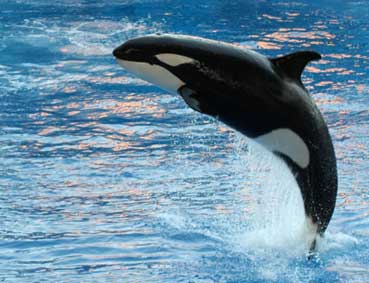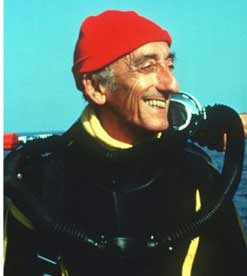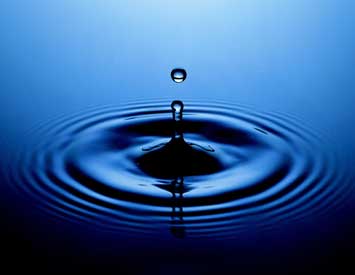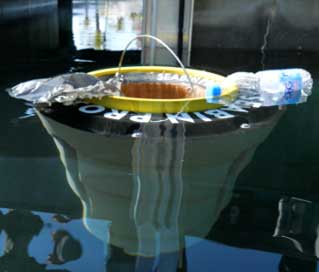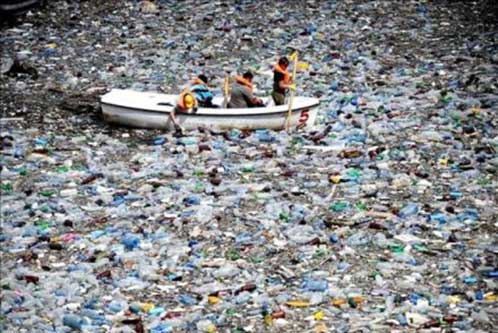Would you rescue a giant spider?
Simon Watts2021-02-03T09:39:41+11:00Yikes! This enormous spider was found clinging for dear life to a tree branch which was overhanging floodwaters in northern Queensland. Some compassionate locals broke off the branch and transferred the spider to an avocado tree on higher ground in the centre of town. Good news for the spider, bad news for any nearby arachnophobes! The gigantic arachnid is an Australian Tarantula, also known as the whistling spider (due to the noise it makes when threatened) and the ‘bird-eating spider’ (although it doesn’t eat birds, even if it looks like it could!) Read More

